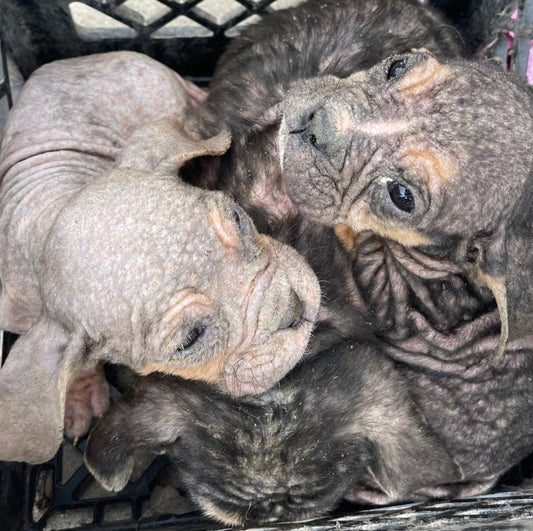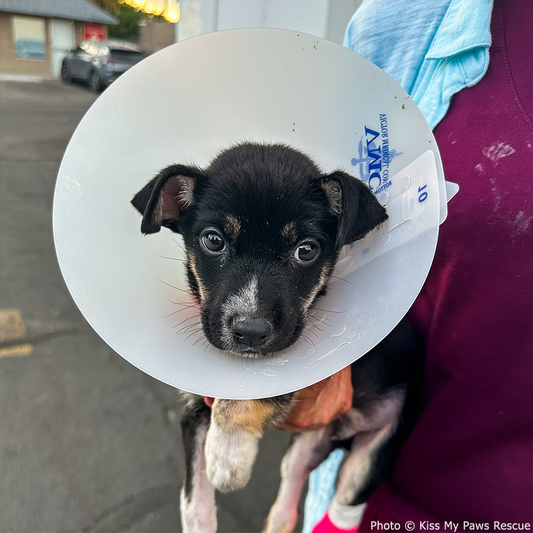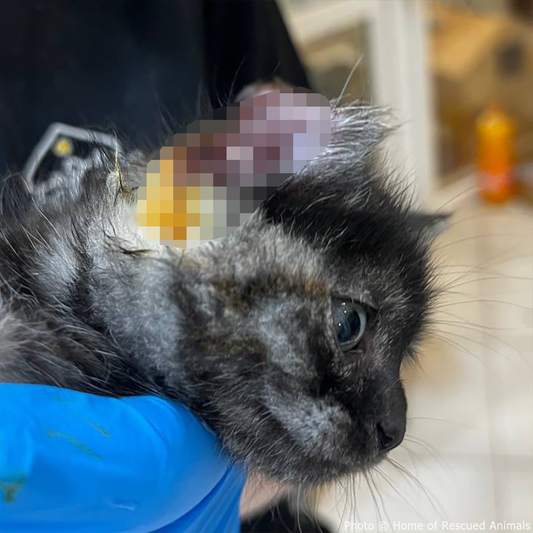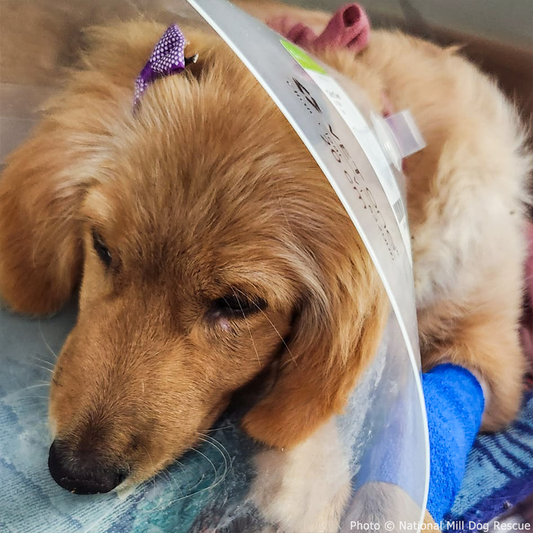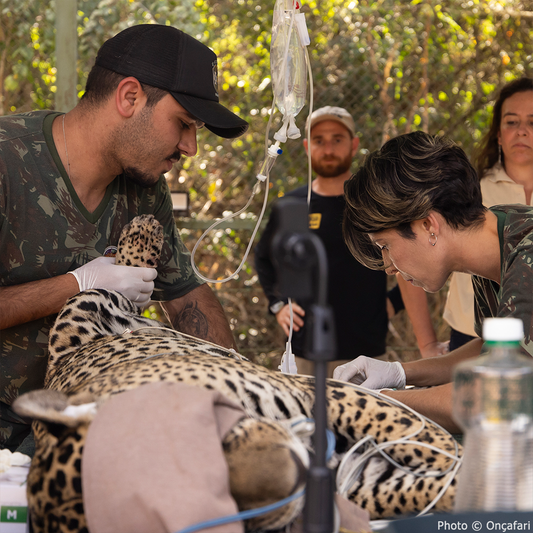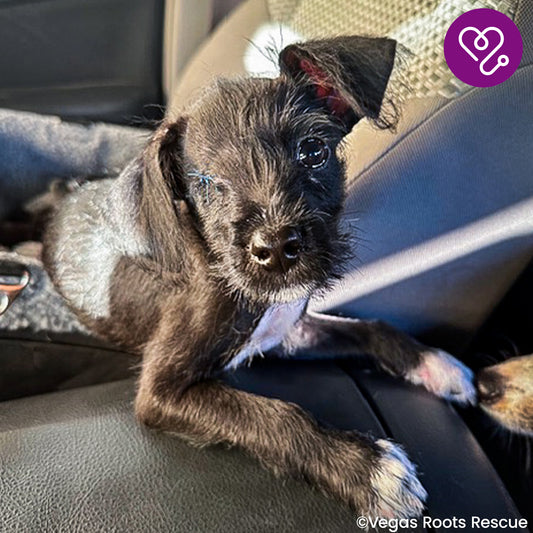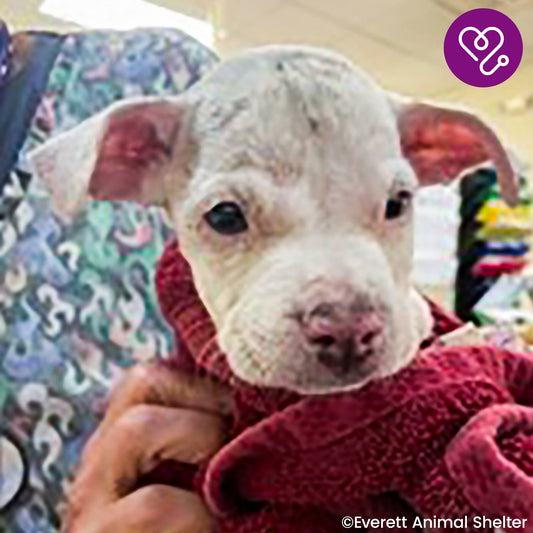Essential Tips to Prevent Pet Heatstroke This Summer
Matthew Russell
Photo: Pexels
Summer can be a challenging time for our furry friends. As temperatures soar, pets are at risk of overheating, dehydration, and even heatstroke.
To keep your pets safe and cool during the hot summer months, here are essential tips and expert advice.

Hydration is Key
Water is crucial for pets, especially during summer. Always ensure your pets have access to fresh, clean water. Dehydration can happen quickly, so check their water bowls frequently and refill them as needed. Adding ice cubes to their water can help keep it cool and refreshing, according to the ASPCA.

Provide Ample Shade
Shade is another vital aspect of keeping pets cool. Whether you're in your backyard or at the park, always ensure there's a shady spot where your pet can rest. Avoid relying solely on doghouses, as they can trap heat and make it worse, reports the Humane Society. Consider using trees, tarps, or even a portable canopy to create a cooler environment for your pet.

Avoid Hot Surfaces
Pavement and asphalt can become scorching hot during summer. These surfaces can burn your pet's paw pads, causing severe pain and injury. Before heading out, test the ground by placing your hand on it for seven seconds. If it’s too hot for your hand, it’s too hot for your pet, reports Kennel to Couch. Walk your dog on grass whenever possible and avoid mid-day strolls.
Exercise with Caution
Adjust your pet’s exercise routine during hot days. Schedule walks for early morning or late evening when temperatures are cooler. Short-nosed breeds, like Pugs and Bulldogs, have difficulty breathing in extreme heat and should be exercised with extra caution, the Humane Society reports. Keep walks brief and always carry water to keep your pet hydrated.

Never Leave Pets in Cars
Leaving pets in parked cars is extremely dangerous. Even on mild days, the temperature inside a car can rapidly rise to life-threatening levels. On an 85-degree day, the temperature inside a car can reach 102 degrees within 10 minutes, the Humane Society reports. Always take your pets with you or leave them at home.
Recognize Signs of Overheating
Pets can quickly overheat. Watch for symptoms such as excessive panting, drooling, increased heart rate, weakness, or collapse. As Dogs Inc reports, if your pet shows signs of heatstroke, move them to a cooler area immediately and apply cool (not cold) water to their body. Seek veterinary care promptly.

Keep Indoors Cool
Keeping your home cool is just as important as outdoor safety. Use fans or air conditioning to maintain a comfortable indoor temperature. Cooling mats or wraps can also help pets regulate their body temperature. If you experience a power outage, create a disaster plan to ensure your pets remain safe, the Humane Society recommends.
Protect Against Sunburn
Pets, especially those with short or light-colored fur, can get sunburned. Kennel to Couch recommends applying pet-safe sunscreen to vulnerable areas like the nose, ears, and belly. Avoid using human sunscreen, as it can be toxic to pets.

Pool and Water Safety
If your pet enjoys swimming, always supervise them around water. Not all dogs are natural swimmers, and even good swimmers can tire and struggle to get out. Provide fresh drinking water to discourage pets from drinking pool, lake, or ocean water, which can be harmful, according to the ASPCA.

Avoid Toxic Plants and Chemicals
Summer brings more exposure to plants and yard chemicals. Familiarize yourself with toxic plants and avoid using harmful herbicides or insecticides. Keep these products out of reach and follow instructions to ensure they don’t pose a threat to your pets, the ASPCA reports. Keeping pets safe during the hot summer months requires vigilance and proactive measures.
By providing shade, hydration, and proper care, you can ensure your furry friends enjoy a fun and safe summer. Always stay informed and prepared to handle the heat to keep your pets happy and healthy.
Matthew Russell is a West Michigan native and with a background in journalism, data analysis, cartography and design thinking. He likes to learn new things and solve old problems whenever possible, and enjoys bicycling, spending time with his daughters, and coffee.


